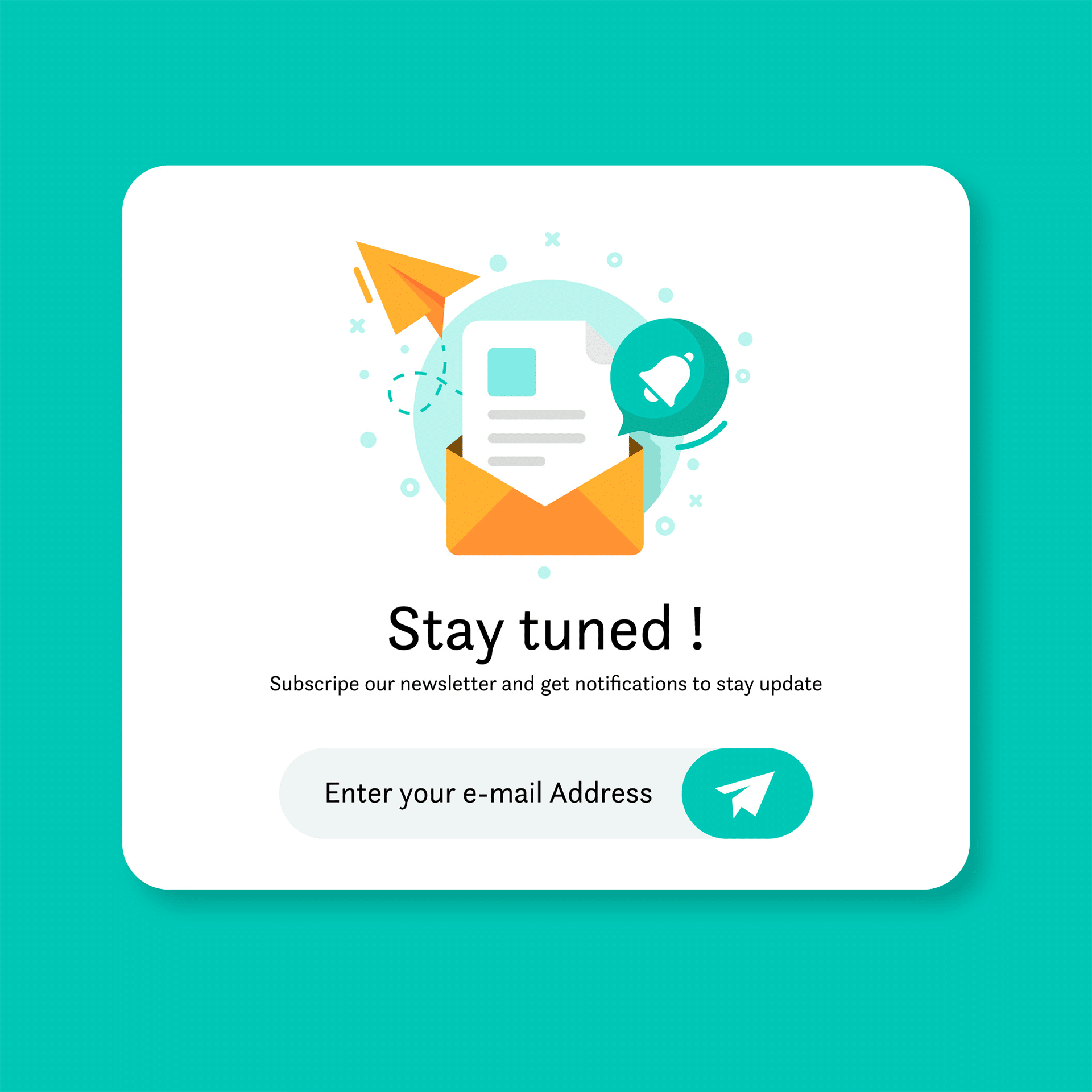Is Affiliate Marketing Legit?
In one simple word – Yes.
Affiliate marketing is a legit way to earn extra income and even replace your wage full-time. What affiliate marketing is not – a get rich quick scheme.
To make a success out of affiliate marketing, you need to apply yourself and work hard, those that follow these simple steps persistently can make affiliate marketing a success.

Before you can start affiliate marketing without a website, you need to know what it is, and what strategies you can apply to generate income.
So, what is affiliate marketing?
The simplest explanation is this - marketing third party products & services for a commission on sales.
This is the same way that realtors, or car salespeople, have been making a living around the world for years; only now we operate in a digital space.
Typically, affiliate marketing has three distinct parties involved:
The affiliate, the vendor, and the customer.
In most cases, the vendor is a supplier or manufacturer of goods & services that they need to sell. Instead of, or alongside, a traditional marketing plan, they decide to leverage affiliate marketers to promote their product.
This requires them to set up an affiliate program, sometimes referenced as associate programs, that allow marketers to sign up to promote their goods. Once an affiliate marketer has signed up to a program, they will gain access to unique links they can use to market products and track sales.
There are many affiliate programs for beginners to choose from, some are easier to get in though.
Affiliate marketers can push sales in various ways, through ads, through digital assets (blogs, websites, etc.), through social media, or through video marketing and other means.
Each time a customer completes a sales transaction, the vendor pays the affiliate a percentage of the sale as commission.
Because, unlike in the physical world, it is possible to build up thousands of online click traffic each day – you can potentially make a significant amount of sales. With this in mind, affiliate marketers have the ability to scale their operations to be as large or as small as they like.
Some choose to utilize affiliate opportunities to complement their full-time employment; others scale up their efforts by growing full-scale digital marketing agencies.
However, sales aren’t the only way affiliate marketers make their money; the selling of products is only one ‘action’ available to affiliate marketers. Depending on the affiliate program, other actions might include getting clicks or impressions on ads, data collection (usually e-mail farming,) and lead generation.
The desired action will depend on the niche, or industry, of the affiliate program you are associated with.
No matter what you choose to do, affiliate marketing is an exciting prospect to take on and doesn’t require any significant capital to get started.
The truth is if you decide to enter the affiliate industry, at best, you will change your life, and at worst, you will have learned and acquired a desirable skillset.
For a more detailed explanation of affiliate marketing for beginners, we have a step by step starters guide that can be found here, containing all the information you need to kick off your affiliate journey.
Affiliate Marketing Strategies Without a Website
Now that you have an idea of what affiliate marketing is, you need to be aware of the strategies we use to make money.
Often, affiliate marketers use an asset-based affiliate strategy: meaning they have built or procured an online digital asset, typically a blog or website, to use for their promotion.
However, the following strategies will focus on free-affiliate marketing, leveraging assets we don’t own.

E-Mail Marketing

E-mail marketing makes a lot of sense and should always be utilized whether you are using a website to market from or not. Since the audience is always highly targeted, conversion rates increase, leading to more revenue.
The first step in any successful e-mail marketing list is to acquire an e-mail subscriber list; you can either build one yourself or use a vendor to purchase one. In my opinion, creating your own list is the better option out of the two.
Firstly, you can make sure you only target highly relevant prospects by building your own list. Secondly, subscriber lists from vendors can be irrelevant to the products you are promoting and leave you in danger of being uncompliant with the CAN-SPAM act.
So, the best way to build an e-mail subscriber list is to offer value to your audience in exchange for their contact details. This can be in the form of an eBook, guide, or subscriber-only exclusive content.
If you are already running a blog, it is easy to run an opt-in campaign to gather e-mail addresses. However, we are looking to market without an asset.
To do this, we need to use a vendor to create a landing page for us. The landing page should follow a correct sales flow, convincing the user to opt-in in exchange for your value offer.
Once you have a landing page, you need to drive traffic towards it, one of the easiest ways to do this is to use paid ads.
Once you have built a significant enough subscriber list, you can start to e-mail them with your affiliate offers.
However, you shouldn’t be too enthusiastic about spamming your audience with affiliate links. The goal is to provide your user base with quality, actionable information, while occasionally recommending products.
This builds up a high level of trust with the audience, making it more likely that they will take your recommendations on board and purchase products & services.
If you want to scale your e-mail marketing campaigns, you will have to invest in campaign management and reporting tools like Mailshake, MailChimp, or EmailOctopus.
Social Marketing
Social media affiliate marketing makes use of social platforms like Facebook, Instagram, and Pinterest, among others. Social marketing aims to build an audience and influence their purchase decisions.
The hardest part is building your audience, as social growth can take a significant amount of time investment. However, social audiences are highly targeted and lead to huge conversions.
It is challenging to build a substantial following on social without being a ‘personal brand,’ meaning there is a human element behind all the content. Think fitness Instagrammers or foody Facebook pages showing how to cook.
If you aren’t interested in being the face of your social media marketing project, your best bet is Pinterest – as the platform is geared towards sharing ideas and tips rather than personal lifestyle development.
With any social platform, you have to place yourself as an authoritative figure within your chosen niche. Somewhere your followers turn to for helpful information performing tasks – fitness routines, recipes, arts & crafts tips, etc.
As your influence grows, you can start reviewing and recommending products to your audience, directing them to the vendor through your affiliate links.
A plus side of social marketing is that brands and companies are more likely to approach you with marketing opportunities when you have a sizeable enough online following.
Paid Ads

Paid ads are a prevalent option for affiliate marketers to make revenue without a digital asset. However, it should be noted that paid ads might not be the best option for absolute beginners.
This is because to become successful using paid ads, you need to develop additional skills beyond placing affiliate links in popular content. For PPC (pay per click) ads to generate significant returns for you, you need to be aware of and conduct in-depth keyword research for each campaign you run.
If you are unsure of what keyword research is, I have a guide to the best research tools that can be seen here. But in essence, a keyword is search terms that your target audience may use to find products and information within a search engine.
Knowing what your audience is looking for, and how they are looking for it means that you can successfully conduct PPC campaigns with some degree of certainty. Keyword research can take a substantial amount of time to master, but when you understand it thoroughly, your marketing campaigns will reach new levels of success.
Paid ads also work well in conjunction with social and e-mail marketing, as one of the most successful avenues for PPC marketers to use is Facebook, and PPC ads are great to build an e-mail subscriber list for e-mail marketing.
Video Marketing
Video marketing can prove very successful, did you know that 64% of users are likely to make a purchase after watching video content?
Not only that, but by adding video to your other marketing streams, you can improve them exponentially. Having a video on a landing page improves conversion by 80%, and click rate increases by 300% when a video is included within an e-mail – a considerable boost to your overall marketing efforts.
The best way to approach video marketing is through YouTube, freely hosting your videos and providing a platform for them to be discovered, they also allow the insertion of affiliate links within annotations and video descriptions.
Although I have a full guide to YouTube affiliate marketing, I will provide a brief overview below.
YouTube marketing needs to be approached in a similar vein as social marketing – build an audience, promote yourself as an authority, recommend products and services using affiliate links.
However, YouTube is its own beast and, depending on the niche, can take years to build a substantial audience. Quality demands are getting higher year on year, and subpar content just won’t cut it anymore.
Video marketing also requires some upfront investment for video equipment and editing software. With that said, in the beginning, free software and your smartphone should be enough to gain traction at first.
In my opinion, the best way to use YouTube is to host your videos for use within other marketing ventures, improving their performance metrics, while building an audience part-time.
This way, you can make use of video marketing immediately, while building an audience you can leverage in the future.
Third-Party Content Publishers (Web 2.0)

If you like the idea of running an affiliate marketing blog, but don’t want to hassle of building and maintaining one – web 2.0 third party content platforms might be the answer you’re looking for.
Sites like Steemit, Medium, and Hubpages allow users to publish blog posts and build a following without the need to develop their own platform. What’s more is that by allowing affiliate link insertion into content, marketing opportunities are rife.
The most significant advantage offered by using these platforms is that the domain is very authoritative, meaning that it is much easier to rank content for long-tail keywords than if you were starting a blog from scratch.
This can lead to more immediate income within the short term. The downside to web 2.0 platforms like these is the same reason they are an advantage.
You have no control over them.
If Google or any other search engine decides to penalize them for whatever reason – your entire revenue stream is gone instantly, and there is nothing you can do about it.
How to Succeed in Affiliate Marketing
To become a successful affiliate marketer, you need to be willing to learn, but more importantly, apply the skills and information yourself.
A degree of tenacity is required as there are always ups and downs, particularly in the beginning. Any affiliate marketer who can get through the initial hardships will become successful. And finally do not believe anyone says the affiliate market is dead.

Learn and Adapt
You must be willing to learn new skills, the affiliate marketing world changes quickly, and if you don’t keep up, you will be left behind. It is extremely important to do your own testing within your marketing campaigns, continually making adjustments and optimizing for the best results.
The ability and willingness to adapt to change is one of the best character traits an affiliate marketer can have.
Patience
Nothing happens overnight in digital marketing; returns are on a sliding scale, the more you put in the more you get out. Unfortunately, that also includes time.
Anyone claiming to set you on a path to $1000 a day within a very short period is probably lying. These results are attainable, however, only with the correct application of skill over time.
You also need to have the tenacity to keep going, with search engine algorithm updates coming regularly, there will be moments when these affect you negatively. The real key is to regroup, work on an action plan, and reclaim your space.
Diversity
Too many times have I seen affiliate marketers place all their eggs in one basket, only to be shut down. Having one on revenue stream is one of the biggest killers for affiliate marketers.
It is important to focus your efforts on several streams of income so that if one does get shut down – you aren’t left without a source of revenue.
Diversify your revenue streams.
Summary
I hope you have found this guide helpful, getting asked how to start affiliate marketing without a website is one of the most common questions I get asked – and something that I specialize in myself.
Is there anything you think I have missed? Do you use any of these methods in your own affiliate marketing? Let me know in the comments below if you have any success marketing without a blog.
I am always looking to provide my readers with the most relevant, actionable content they want to see. So, if there are any questions you have or topics you want to see covered in-depth – be sure to contact me and let me know, and I will do my best to include them in future posts.
Share the Love
If you found this post useful, please let others know about it by sharing it.



